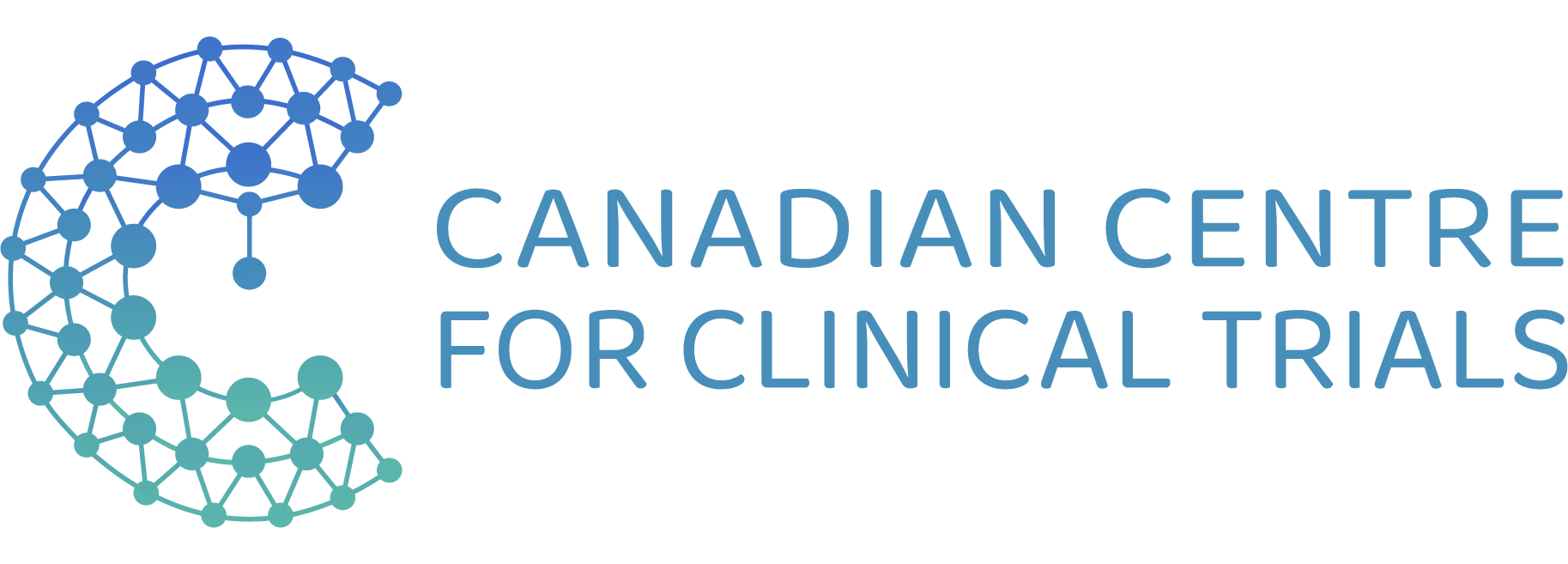According to current clinical care guidelines, women with type 1 diabetes should aim for optimal glucose control before and during pregnancy, as this significantly contributes to the health of both the mother and child.
Nationwide UK data states that only 15% of pregnant women achieve their goal glycated hemoglobin (HBA1c) levels during early pregnancy. HBA1c is a measure of a person’s average blood sugar readings over a three to four-month period.
A different approach to glucose monitoring
Continuous glucose monitoring (CGM), on the other hand, measures sugar levels in the body continuously.
This method of glucose monitoring provides multiple real-time readings, thereby making it easier to identify trends and know the precise moments when hyperglycemia (high sugar readings) and hypoglycemia (low sugar readings) occur.
CGM readings need to be calibrated against capillary blood glucose readings a couple of times a day, at a minimum.
How can blood glucose readings are measured?
Capillary blood glucose readings are measured by obtaining a blood sample (usually through a finger prick) and applying the sample to a test strip inserted into a blood glucose meter.
The readings are usually provided by the meter within seconds. Continuous glucose monitoring in pregnant women with type 1 diabetes enables a quicker response to fluctuations in glucose readings.
Research comparing the effect on a newborn baby, of the two types of glucose monitoring in women before and during pregnancy, has so far been lacking.
A controlled study
This study, published in The Lancet, included participants from 31 hospitals in Canada, England, Scotland, Spain, Italy, Ireland, and the USA over a three-year period. It was an open-label, multicenter, multinational, randomized, and controlled study.
There were two separate but related trials within the study. The first trial involved participants who were pregnant and the second trial involved participants who were planning to pregnant.
- There were 325 participants in total enrolled in the study, with ages ranging between 18 and 40 years.
- The participants had been diagnosed with type 1 diabetes for at least 12 months and were receiving multiple insulin doses daily.
- The first trial included 215 pregnant women at a gestation period of 13 weeks and 6 days or less, and HBA1c between 6.5% and 10%.
- The women were randomly divided into two groups: 108 women in the CGM group and 107 women in the control group.
- The 110 women in the second trial had HBA1c readings between 7% and 10%. The second trial had 53 women in the CGM group and 57 women in the control group.
The participants in the continuous glucose monitoring groups were each given and educated on how to use a CGM system.
Participants in the CGM and control groups were advised to measure capillary blood glucose readings at least seven times a day. In the pregnancy trial, HBA1c was measured at baseline, 24 weeks gestation, and 34 weeks gestation.
In the planning for the pregnancy trial, HBA1c was measured at baseline, 12 weeks, and 24 weeks.
A final measurement was made at confirmation of a positive pregnancy test if a patient conceived before the 24-week mark.
Newborn outcomes measured include preterm delivery, neonatal hypoglycemia requiring intravenous treatment, birthweight, intensive care admission for more than 24 hours, and birth injury.
What could be found from the results of the study?
- The results from the study show that the pregnant CGM participants spent more time within their glucose level targets and less time in hyperglycemic states.
- There was also a slight decrease in HBA1c when compared to the control group.
- The health of newborns in the pregnant CGM group was significantly improved, based on the outcomes measured.
- There was no significant difference in the planning for the pregnancy trial.
The study indicates that continuous glucose monitoring in pregnant women with type 1 diabetes can be beneficial and helps improve the health of both the mother and newborn child.
This is the first study to demonstrate non-glycaemic positive health outcomes for CGM.
This indicates that clinical care guidelines should be amended to include a recommendation that CGM should be offered to all pregnant women with type 1 diabetes.
Written by Anuolu Bank-Oni, Pharm.D, CDE
Reference:
Feig D.S, et al “Continuous glucose monitoring in pregnant women with type 1 diabetes (CONCEPTT): a multicentre international randomised controlled trial”. The Lancet http://dx.doi.org/10.1016/S0140-6736(17)32400-5




